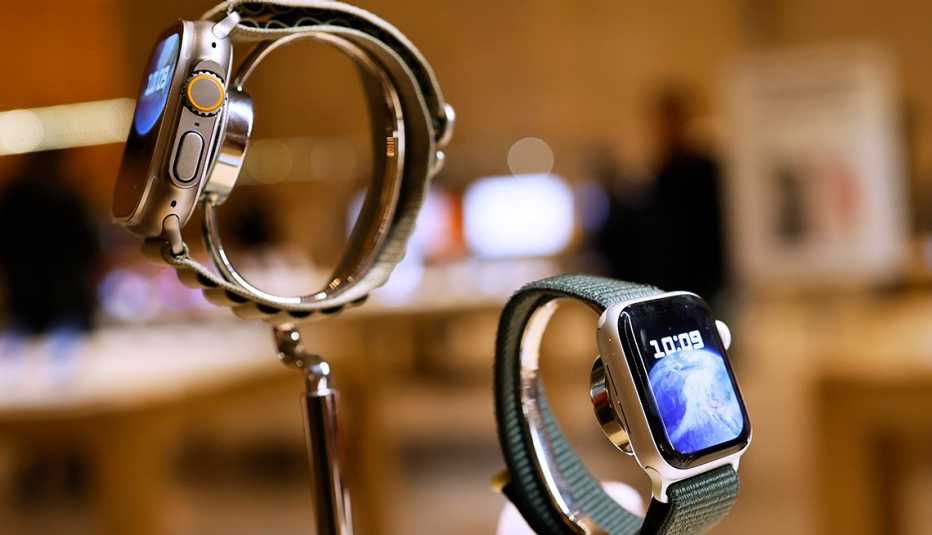AARP Hearing Center


In this story
Missing feature back • No change for current owners •
Focus on older adults • SE still available
Apple is restoring a key smartwatch feature removed following an unfavorable patent infringement ruling: the capability of measuring a person’s blood oxygen levels.
The tech titan pulled the plug on a similar feature some 19 months ago after a federal appeals court reinstated a ban that kept Apple from selling Apple Watch Series 9 and Apple Watch Ultra 2 models with the blood oxygen technology. At the time, the Biden administration refused to reverse a U.S. International Trade Commission decision banning sales of the models.
On August 14, Apple introduced a redesigned blood oxygen feature for some Apple Watch Series 9, Apple Watch Series 10 and Apple Watch Ultra 2 users. Folks with these models can add the capability through an iPhone and Apple Watch software update.
Blood oxygen sensor data from an app on the watch is measured and calculated on a paired iPhone, Apple says, and is visible in the Respiratory section of the Health app.
No change if you have a watch with blood oxygen feature
“There will be no impact to Apple Watch units previously purchased that include the blood oxygen feature, nor to Apple Watch units purchased outside the U.S.,” Apple wrote as part of a statement. So it’s status quo for owners who've had the feature all through the saga.
Apple had featured a blood oxygen sensor on its smartwatches since the Apple Watch Series 6 was released in September 2020, in the midst of the coronavirus pandemic. Doctors at that time realized that low oxygen levels could be a warning sign of severe COVID-19. Less than a year later, Irvine, California–based Masimo alleged that the tech giant had violated several of the patents Masimo filed on measuring blood oxygen levels.
After a multiyear investigation, the commission agreed that one patent had been infringed. The agency prohibited Apple from importing its Apple Watch Series 9 and Apple Watch Ultra 2, which use a specific light-based pulse oximetry, technology used to measure blood oxygen levels.


































































More From AARP
Is a Full-Body Scan Worth the Money?
A doctor’s advice on what to consider when weighing the cost of head-to-toe imaging
How to Make Artificial Intelligence Work for You
Tech can improve your life, from preparing to see the doctor to choosing what to watch
Smartwatches: Health Features to Explore
Features can keep you heart-healthy, give peace of mindRecommended for You